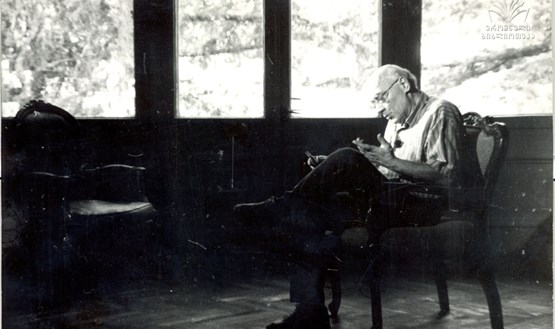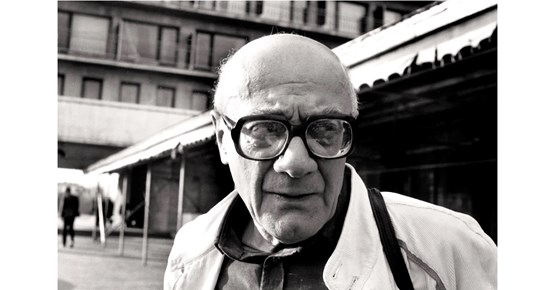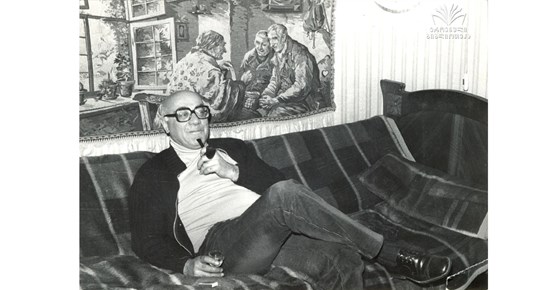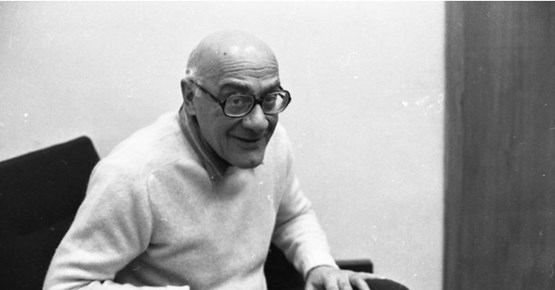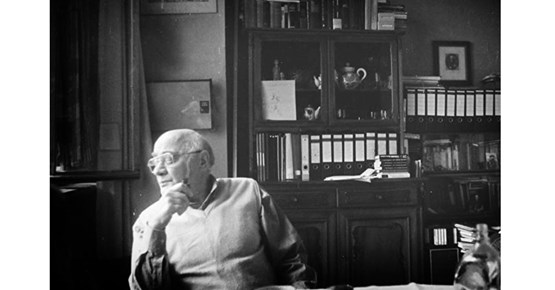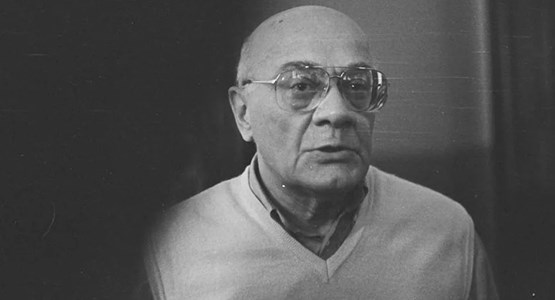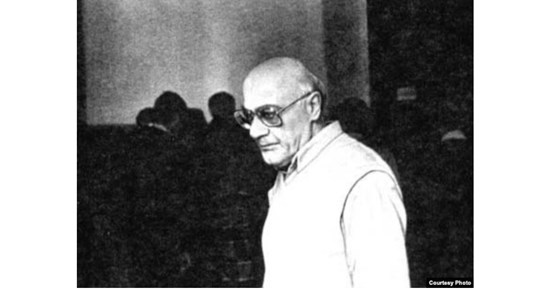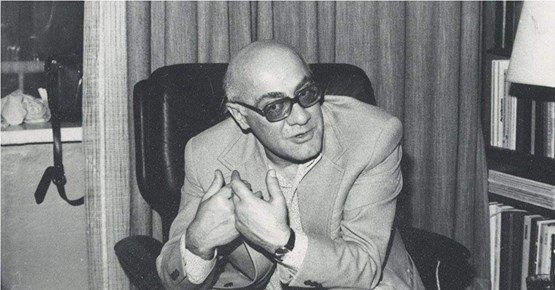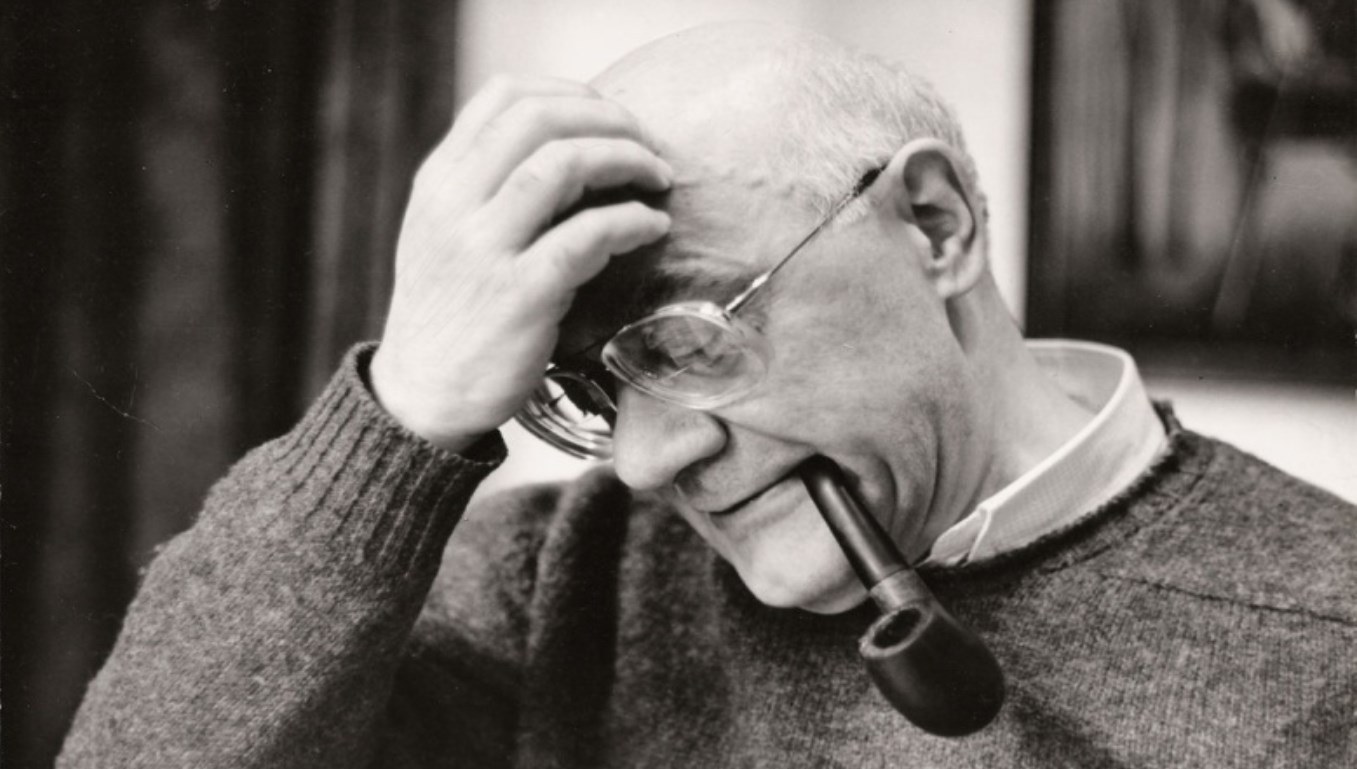
Repeating Mamardashvili | Essay 14 – Interlude_Blanks
It has been a long time since I stared at a blank page. A very, very long time. Actually, I think, it hasn't blown me off my feet since I turned my back on academia. I remember, back then, it had never been the content, which I wanted to write about, that blocked me, but the language that I thought I had to write in. More precisely, that one specific type of academic language. But, how can one write in a language that one doesn't like to read oneself?
I love academic precision with all the proper quotes and references. With acknowledging the development and influence of thought, who and whose work has functioned as a starting point, or as a communication and/or discussion partner. I love bibliographies at the end of articles and books, I love reading through them, searching for inspiration, even if it is only by noticing some well-phrased, inspiring titles.
It took me a long time to find my own voice in writing. And while and through finding it, exploring it, experimenting, developing, devising, well, it was just the process of writing, writing, and keeping on writing itself…
Now I am again in search of language, not to fill a blank page but to deal with blanks. Those sounds or syllables or moments of taking a breath or instances of abrupt silence, how does one phrase them? Can one or should one sound out, if only in written letters, a sound that is not or is hardly audible? Or a sound that doesn't make sense, doesn't seem to make sense?
Recently, while reading Alyssia DeBlasio's book The Filmmaker's Philosopher. Merab Mamardashvili and Russian Cinema – and no, I hadn't known about Mamardashvili teaching courses of philosophy at the All-Union State Institute of Cinematography (VGIK) and the Higher Courses for Scriptwriters and Directors in Moscow between 1977 and 1990, – I kind of stumbled over Yuri Norstein. He had been a colleague of Mamardashvili for about six years at the Higher Courses, but apparently, during that time, 'the two never had a single intellectual conversation.'
I think the reason why this struck me so heavily, while eagerly reading about different connections between all kinds of film professionals and Merab Mamardashvili, is, that Yuri Norstein's 1975 film 'Ёжик в тумане' (Hedgehog in the Fog) and Mamardashvili's philosophy on consciousness seem to overlap on so many levels. And even more so, though this of course can be considered a subjective preference of mine: both the film and the lectures work through sound.
Of course, the visuals of 'Ёжик в тумане' are extraordinary and absolutely amazing, but have you ever tried to just listen to the film? Just listening, without the image(s)? It is one of the best audio plays I have ever heard! An audio play created by Norstein, the script writer Sergei Kozlov, the composer Mikhail Meyerovich, the sound operator Boris Filchikov, and last but not least, the three voices of Aleksey Batalov as narrator, Maria Vinogradova as hedgehog, and Vyacheslav Nevinny as bear. There is a rhythm to and of the soundscape, a story told through it that goes without the visuals. It is a rhythm made out of music and noises, voices and silences. A rhythm speeding up, rupturing in a kind of breathless hick-up, the following silence only interrupted by the narrator's voice – 'Извините... — беззвучно спросил Кто-то, — кто Вы и как сюда попали?' ("Excuse me...," someone asked soundlessly. "Who are you and how did you get here?")…
What I love in this moment is how the voice of the yet unknown encounter speaks without sound, soundlessly, silently. How does one imagine a voice without sound? At this point in the film it is narrated, so we can imagine, and though we might not find an answer, I am sure we all hear this voice, without sound. As we listen to hedgehog answering, just, in the same way…
In the book Снег на траве (Snow on the grass), Yuri Norstein shares some of the visual audio sketches. A dramaturgical partitura, in the form of visuals that seem to become movements, despite their statics, and words, though written, almost felt and/or sounded out.
And I think, some things can't be just framed in words. I think, it needs drawings, or else, for those blanks to be voiced, to be able to say, like Michael Taussig says that 'I Swear I Saw This' so that I can say: 'I Swear I heard this.'
References
DeBlasio, Alyssa. The Filmmaker’s Philosopher. Merab Mamardashvili and Russian Cinema. Edinburgh University Press. Edinburgh. 2019.
Норштейн, Юрий & Козлов, Сергей. Ёжик в тумане. Фонда Юрия Норштейна. Москва. 2006.
Норштейн, Юрий. Снег на траве. Фрагменты книги. Лекции по искусству анимации. ВГИК, журнал «Искусство кино». Москва. 2005.
Taussig, Michael. I Swear I Saw This. Drawings in Fieldwork Notebooks, namely my own. The University of Chicago Press. Chicago/London. 2011.
Author: Katharina Stadler
We Recommend
